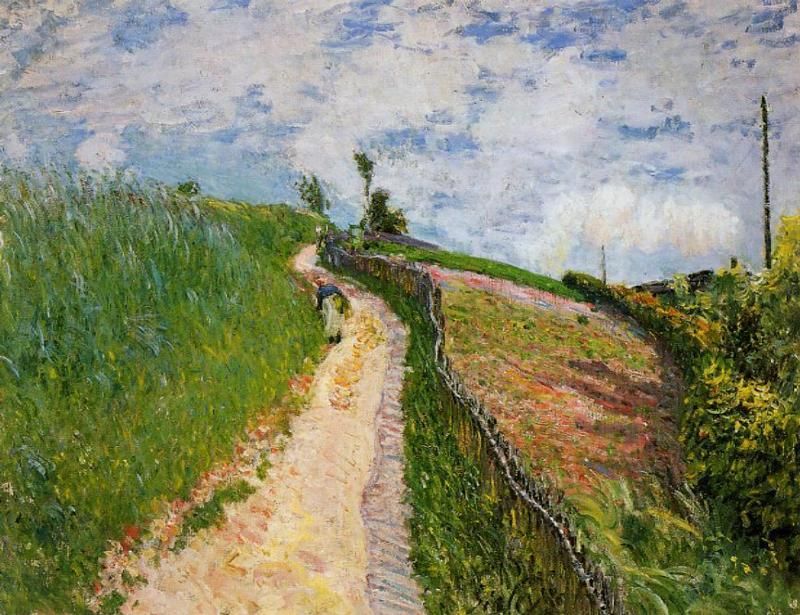The wild
The idea of art about nature doesn’t sound exciting to me in the abstract. Perhaps I remember that I am evolutionarily supposed to see it and go, ‘oh fantastic, it’s green and blue near each other, maybe I’m in for some reproductive success’, and that doesn’t sound very inspiring. (Yes, I know that simple evolutionary situations can feel inspiring from the inside.)
But a kind of art about nature that I can especially get behind is that which to me evokes some of wild alien vigor of nature, that I sometimes experience for instance sitting in my overgrown back garden, contending with a flock of ascendent giant poppy faces and a stilled frenzy of branches gaining ground and sky about my seat.
It is a sharp exotic aliveness, an electric intent for living that wants to overwhelm the strictures of physical space and come curling and unfolding through the air, with an explosive energy that has no truck with time.
Not alien like an alien mind, but more like an alien spirituality, that doesn’t know anything so mundane as minds. But while you revere under the perfect spires of goodness, it comes in unexpected and unintelligible from the edges and without looking you in the eye, just overwhelms you with how what really made the world is intensely here and intensely not in your understanding. This was always the world.
“Everything wants to live”, my botanist grandfather would explain to me. Perhaps for plants it is often more borderline whether living is in store. Regardless, their unrelenting striving for it is more visceral to me than that of animals. Animals are more placidly set in their bodies. Plants take every opportunity to push outwards, expanding into new limbs and thickening out old ones in their unthinking, unfailing fervor.
A lot of nature in art isn’t like this. Often it is idyllic, or evocative at a landscape level, or sleepy furniture for a human story. But here is some art that does portray it somewhat, for me, though I don’t know if the artists actually meant to:
 The Hill Path, Ville d Avray, by Alfred Sisley
The Hill Path, Ville d Avray, by Alfred Sisley
 Irises, Vincent Van Gogh (1889)
Irises, Vincent Van Gogh (1889)
I have some of the same image with these lines:
“Reduced to a Gothic skeleton, the abbey is penetrated by beauty from above and below, open to precisely those elements it had once hoped to frame for pious young men, as an object for their patient contemplation. But that form of holy concentration has now been gone longer than it was ever here. It was already an ancient memory two hundred years ago, when Wordsworth came by. Thistles sprout between the stones. The rain comes in. Roofless, floorless, glassless, “green to the very door”—now Tintern is forced to accept the holiness that is everywhere in everything.” - Zadie Smith, Some notes on Attunement